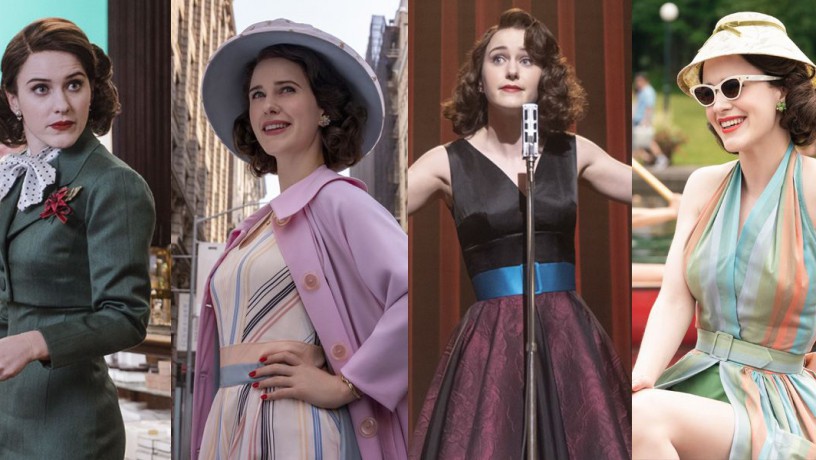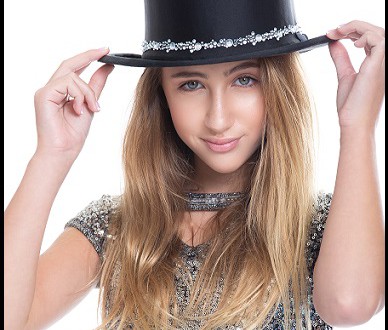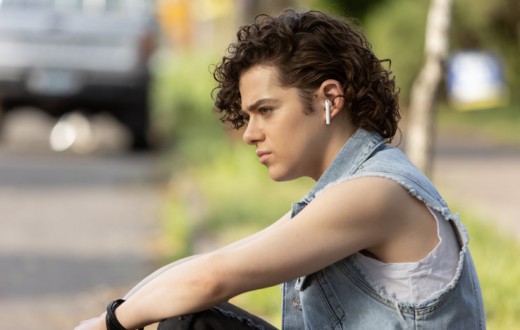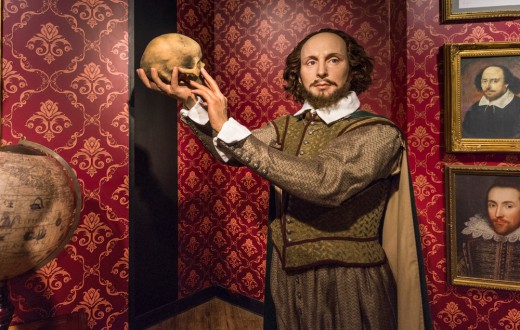In the dynamic world of acting, versatility is key. One often overlooked aspect of an actor’s versatility is their wardrobe. A diverse wardrobe is not just a collection of clothes; it’s a toolbox for character creation. In this article, we’ll explore why having a varied wardrobe is crucial for actors and how it can enhance their ability to create and embody diverse characters.
1. First Impressions Matter: When you walk into an audition, your appearance is the first thing the casting directors notice. A diverse wardrobe allows you to dress specifically for the part you’re auditioning for, making a strong first impression. Whether it’s a corporate executive or a rugged outdoorsman, the right outfit can speak volumes before you even deliver your first line.
2. Aids in Character Development: Clothing can significantly influence how you feel and move, impacting your portrayal of a character. A well-chosen outfit can help you get into the mindset of the character, whether it’s through the weight of a period costume or the comfort of a character’s favorite jacket. By having a variety of clothing styles at your disposal, you can experiment with different physicalities and mannerisms that enhance your performance.
3. Versatility in Auditions: Having a range of clothing styles enables you to audition for a wider variety of roles. This versatility can be particularly beneficial for actors who are just starting out and looking to build their resumes. It shows casting directors that you are adaptable and can visually fit into different roles and settings.
4. Cost-Effective for Independent Projects: For independent or low-budget projects, actors are often expected to provide their own wardrobe. A diverse collection of clothes ensures that you’re prepared for such situations. This not only makes you more appealing to indie filmmakers but also allows you to take on diverse roles without the added stress of finding the right costume.
5. Enhances Your Personal Brand: Your wardrobe is a part of your personal brand as an actor. Having a diverse wardrobe allows you to present yourself in various styles, which can be beneficial for headshots, social media presence, and public appearances. This diversity in your personal image can make you more memorable and appealing to casting directors and agents.
6. Reflects the Evolution of Characters: In some roles, characters go through significant changes, and their wardrobe often reflects this evolution. Having a diverse wardrobe prepares you for roles that require this kind of dynamic character development, allowing you to convincingly portray the character’s journey through your attire.
7. Opportunity for Exploration: Exploring different styles and types of clothing can be a source of inspiration. It might lead you to discover aspects of a character you hadn’t considered before or give you ideas for future roles you’d like to explore.
Two Good Case Studies:
“The Marvelous Mrs. Maisel”: Setting the Mood with Clothing: A great example of the power of wardrobe in character development can be seen in the hit TV series “The Marvelous Mrs. Maisel.” In this show, the clothing is not just a backdrop; it’s a central element that sets the mood and aids in storytelling. The protagonist, Midge Maisel, is often seen in vibrant, meticulously tailored outfits that reflect her personality and the era of the late 1950s and early 1960s. These outfits do more than just place her in a specific time period; they underscore her confidence, her journey from a housewife to a stand-up comedian, and her defiance of societal norms. The evolution of her wardrobe throughout the series mirrors her personal growth, making a compelling visual statement that enhances the narrative. This example illustrates how a thoughtful and diverse wardrobe can be instrumental in defining a character and elevating the overall impact of a performance.
“Breaking Bad”: Wardrobe Evolution Signifying Character Transformation: A profound example of a male character using different clothing to change the mood and signify transformation is Walter White from the critically acclaimed series “Breaking Bad.” This show provides a remarkable case study of how wardrobe can be used to depict a character’s journey and emotional landscape.
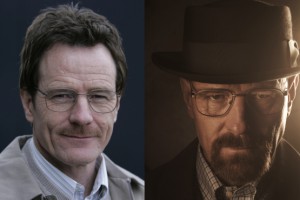 In the beginning, Walter White, a high school chemistry teacher turned methamphetamine manufacturer, is seen in bland, muted clothing, signifying his unremarkable, subdued life. His initial wardrobe primarily consists of beige slacks, green button-up shirts, and nondescript jackets – a palette that reflects his mundane existence and internal resignation.
In the beginning, Walter White, a high school chemistry teacher turned methamphetamine manufacturer, is seen in bland, muted clothing, signifying his unremarkable, subdued life. His initial wardrobe primarily consists of beige slacks, green button-up shirts, and nondescript jackets – a palette that reflects his mundane existence and internal resignation.
As Walter delves deeper into the criminal world and adopts his alter ego, “Heisenberg,” there is a drastic shift in his wardrobe. He starts wearing darker colors, particularly black and darker shades of green and blue, symbolizing his moral descent and growing assertiveness. The iconic black pork pie hat and sunglasses become synonymous with his Heisenberg persona, representing his newfound ruthlessness and detachment from his former self.
Furthermore, in moments of extreme tension or transformation, Walter’s wardrobe subtly aligns with these themes. For instance, his choice to wear darker, more intimidating clothing during significant illicit dealings contrasts sharply with the softer, lighter attire he dons in his family life, underlining the dichotomy of his double life.
“Breaking Bad” masterfully uses Walter White’s evolving wardrobe as a visual narrative tool, illustrating his transformation from a sympathetic character to a formidable antihero. It shows how an actor’s wardrobe can be pivotal in conveying the nuances of character development and the underlying mood of each scene.
Conclusion: A diverse wardrobe is an invaluable asset for any actor. It’s not just about having a lot of clothes; it’s about having the right clothes to bring a variety of characters to life. By investing in your wardrobe, you invest in your craft, enhancing your ability to create, adapt, and embody characters with authenticity and depth. Remember, in the world of acting, sometimes the right outfit can make all the difference.

